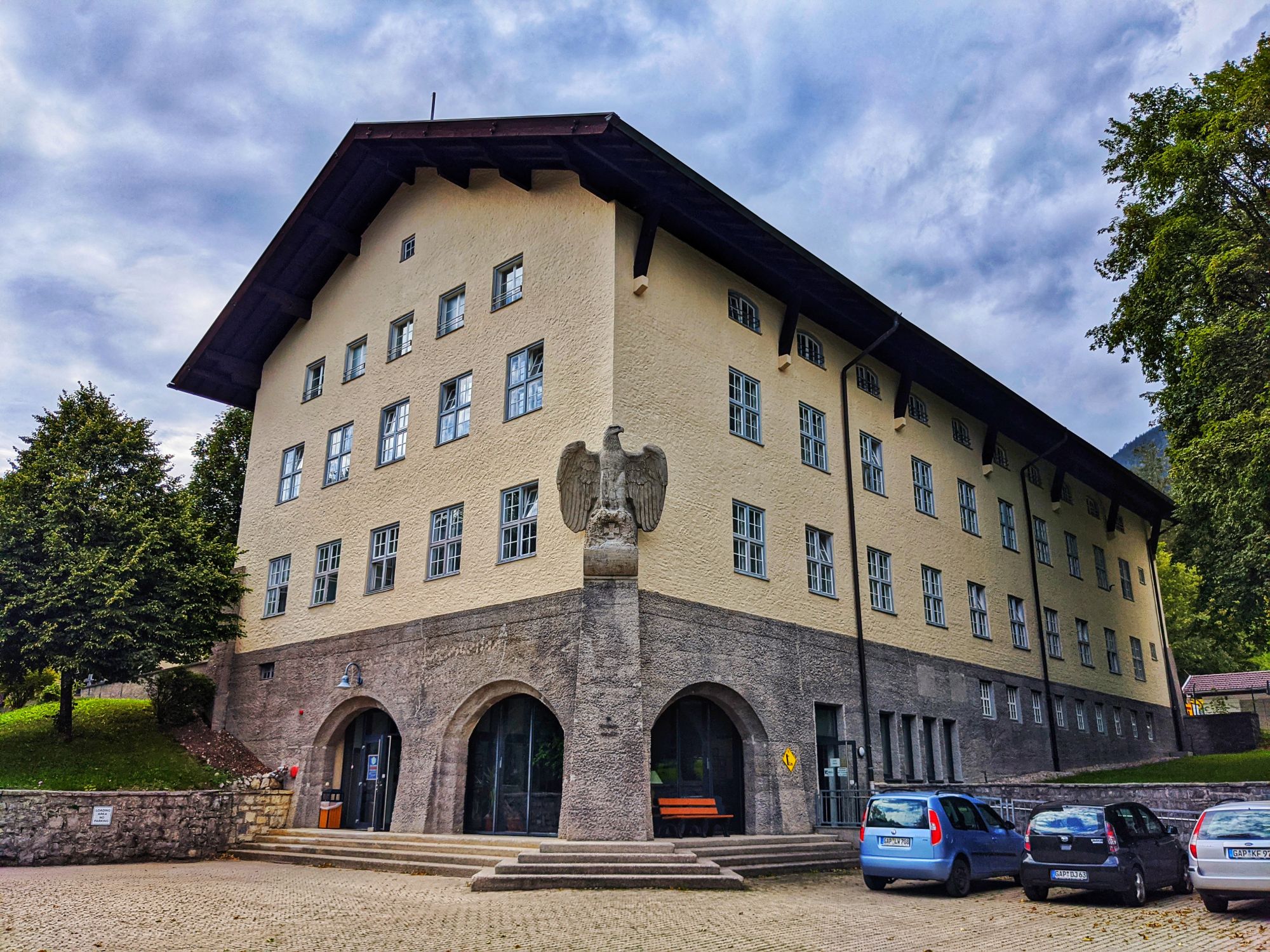Military vacation lodging offers service members and their families unique opportunities for affordable and enjoyable getaways. This guide delves into the various types of lodging available worldwide, outlining eligibility requirements, booking procedures, and cost comparisons. We’ll explore locations, accessibility, user experiences, and compare these options to civilian vacation rentals, providing a complete picture of this valuable benefit.
From cozy cabins nestled near scenic landscapes to modern accommodations near bustling cities, military vacation lodging caters to a diverse range of preferences. Understanding the nuances of booking, cost considerations, and location options is key to maximizing this benefit and planning memorable vacations. This comprehensive guide will equip service members with the knowledge needed to make informed decisions and plan unforgettable family escapes.
Location and Accessibility of Lodging
Military vacation lodging facilities are strategically positioned globally to cater to the diverse needs and locations of service members and their families. Accessibility is a key consideration, ensuring ease of travel and proximity to leisure and recreational opportunities. This includes factors such as proximity to airports, public transportation options, and local attractions.
The global distribution of these facilities is designed to maximize convenience and provide a range of options for military personnel stationed worldwide. Factors such as population density of military personnel, regional tourism appeal, and existing infrastructure influence the location of these lodging facilities.
Geographic Distribution of Military Vacation Lodging
Military lodging facilities are dispersed across numerous countries and continents, reflecting the global reach of military operations and the widespread distribution of service members. Major concentrations are often found near significant military bases or in areas with high tourism appeal. For example, significant lodging options exist near major U.S. military bases in Europe, the Pacific, and the continental United States, offering convenient access for personnel stationed in those regions.
Similarly, facilities are located near popular vacation destinations to enhance the appeal of these programs.
Accessibility and Transportation
Accessibility is paramount in the selection and operation of these facilities. Many are situated near major airports or interstates, simplifying travel for service members arriving by air or car. Public transportation options, such as bus routes or train stations, are also considered when selecting locations, ensuring ease of access for those who may not have personal vehicles. Furthermore, many facilities offer shuttle services to nearby attractions or transportation hubs, further enhancing convenience.
For example, a facility near a popular beach resort might offer shuttle service to the beach and nearby restaurants, enhancing the overall vacation experience.
Illustrative Map of Lodging Facility Distribution
Imagine a world map. Clusters of lodging icons would be visible in several key regions. A high concentration would appear in the southeastern United States, particularly near major military installations in Florida, Georgia, and South Carolina, reflecting the large number of military personnel stationed in the area and the popularity of these regions as vacation destinations. Another significant cluster would be found in Europe, with facilities near bases in Germany, Italy, and the United Kingdom.
A smaller but still notable cluster would be visible in the Pacific region, near military installations in Japan, South Korea, and Hawaii. These clusters reflect the strategic positioning of military facilities and the prevalence of military personnel in these regions. Each icon would represent a specific lodging facility, and hovering over each icon would reveal detailed information such as the facility name, location specifics, nearby attractions (e.g., national parks, historical sites, beaches), and available transportation options.
For instance, an icon near Orlando, Florida, might show proximity to Disney World and Universal Studios, highlighting the recreational opportunities available to those staying at that facility. Similarly, an icon near Rome, Italy, would highlight proximity to historical sites and cultural attractions.
Reviews and User Experiences: Military Vacation Lodging

Military vacation lodging facilities receive a wide range of feedback from service members and their families, offering valuable insights into the quality of service and overall satisfaction. Analyzing these reviews provides crucial data for improving facilities and ensuring a positive experience for future users. This analysis focuses on common themes emerging from both positive and negative feedback.
Positive User Feedback
Positive reviews consistently highlight the convenience and affordability of military lodging. Many users appreciate the location’s proximity to military bases and attractions, reducing travel time and expenses. The availability of essential amenities, such as fully equipped kitchens and laundry facilities, is frequently praised, especially for families traveling with children. Furthermore, the secure and family-friendly environment is often cited as a major advantage over commercial accommodations.
- “The lodging was clean, well-maintained, and perfectly located for our family visit. The kitchen was a lifesaver, allowing us to save money on meals.” – SFC Johnson, Fort Bragg
- “I felt safe and comfortable staying here. The staff was friendly and helpful, and the facilities were exactly what I needed after a long deployment.” – SSgt Rodriguez, Camp Pendleton
- “The price was unbeatable! It was much more affordable than any hotel in the area, and the quality was surprisingly good.” – LCpl Davis, Marine Corps Base Quantico
Negative User Feedback
Negative reviews often focus on areas needing improvement. Some users report issues with maintenance and cleanliness, citing outdated appliances or uncleanliness in certain areas. Others express concerns about limited amenities, such as a lack of updated technology or recreational facilities. In some cases, the responsiveness of staff to maintenance requests or general inquiries has also been criticized.
- “The apartment was outdated and in need of repair. The appliances were old and unreliable, and the bathroom was not clean.” – Capt. Miller, Joint Base Andrews
- “The Wi-Fi was unreliable, and the TV channels were limited. For the price, I expected more modern amenities.” – Sgt. Lee, Fort Hood
- “I reported a maintenance issue, but it took several days to be addressed. The communication with staff could be improved.” – Spc. Garcia, Fort Carson
Summary of Common Themes
Analyzing the feedback reveals recurring patterns. Positive reviews consistently praise the affordability, convenience, and safety of the lodging. Negative reviews frequently cite maintenance issues, outdated amenities, and communication problems. These recurring themes highlight areas where improvements can be made to enhance user satisfaction and provide a more positive experience for all military personnel utilizing the facilities. Addressing these issues will be key to maintaining a positive reputation and ensuring continued use of these valuable resources.
Military vacation lodging presents a valuable resource for service members and their families, offering a cost-effective and convenient alternative to commercial accommodations. By understanding the different types of lodging, eligibility criteria, booking processes, and cost factors, military personnel can leverage this benefit to create lasting memories while enjoying well-deserved rest and relaxation. Careful planning and awareness of the available options will ensure a smooth and enjoyable vacation experience.
Do not overlook explore the latest data about cheapest cruise line.



